5 Surprising Facts About The Big Bang Theory
Categories: History | Science | Space | World
By Pictolic https://pictolic.com/article/5-surprising-facts-about-the-big-bang-theory.htmlIn the early 20th century, astronomers Edwin Hubble and Milton Humason discovered that galaxies were gradually moving away from the Milky Way. More precisely, all galaxies are moving away from each other - which means that the Universe is expanding. So, at some point in the distant past, our entire universe was much smaller, hotter, and denser.
This description - known today as the Big Bang theory - has stood the test of time, coping with new discoveries and alternative explanations throughout the last century. So what is this Big Bang?

The universe has no center or edge. Every part of the cosmos is constantly expanding, which means that if we wind back the clock, we can figure out exactly when everything was put together - 13.8 billion years ago. Since every place we map the Universe today occupied the same point then, and our Universe came out entirely from the Big Bang, the explosion itself did not have a “point on the map” - it happened everywhere at the same time.
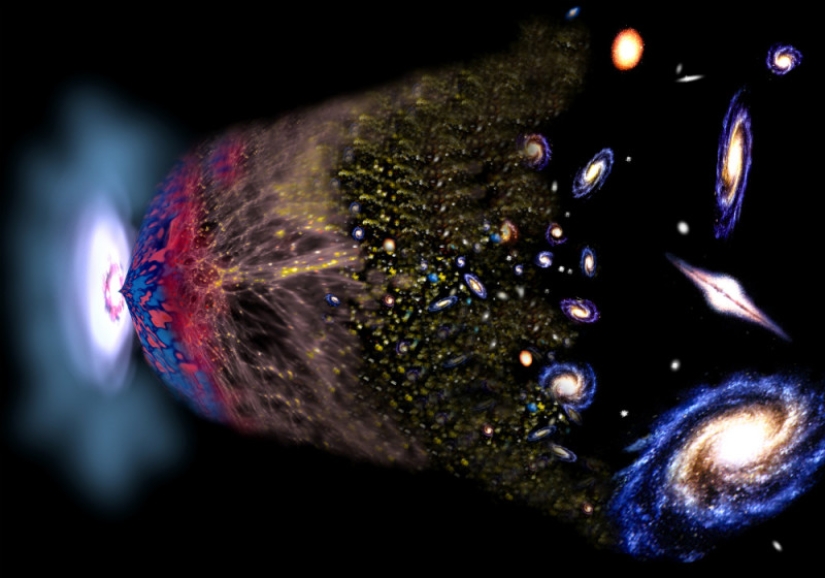
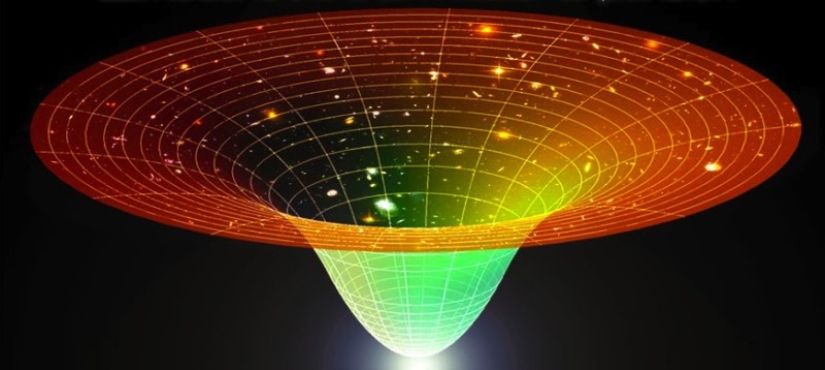
The big bang usually refers to the theory of the expansion of space and the early hot stage of the universe. However, despite this, even scientists often abuse this term, describing a probable moment in time when everything was “packed” into one point. The problem is that there are no observations, not even a coherent scientific theory of what constitutes this period of time, which is commonly called the cosmological singularity.
Here is what Stephen Hawking said about this, theoretically proving in 1967 the possibility of such a singularity when recalculating back in time the expansion of the Universe:
Thus, the cosmological singularity is the starting point for the universe that we observe, but there could be something that was before it.
The difficulty here is that the massively superheated universe and its incredibly rapid expansion that followed the singularity erased all traces of what could have happened before the Big Bang. Scientists today are trying to find a way to detect signs of an earlier universe - and although none have been found so far, it is unwise to rule it out.
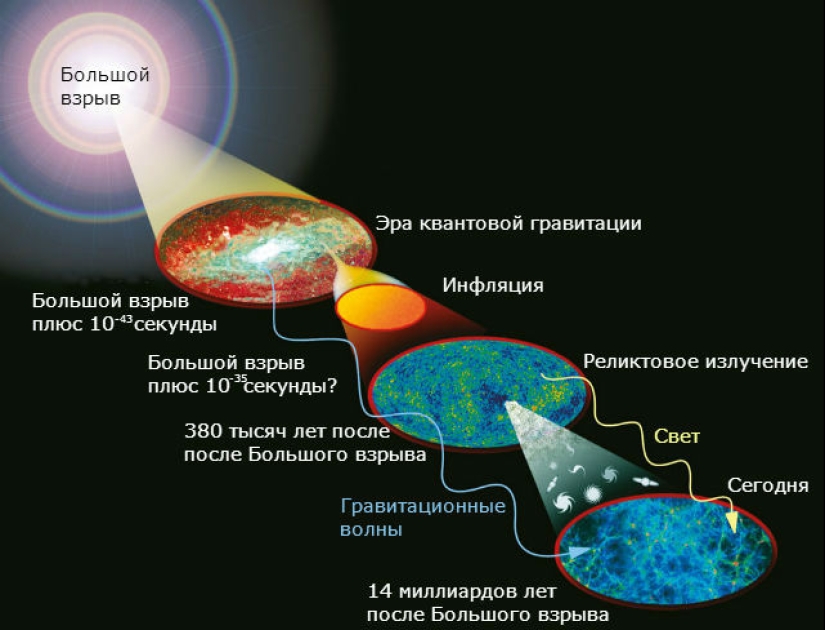
What exactly does the scientific theory of the Big Bang solve? At the heart of the theory, first of all, lies the explanation of the chemical composition of our Universe - this remains its most successful and accurate prediction. It all started in the 1940s when Ralph Alpher and George Gamow made calculations that confirmed that the early universe was hot and dense enough to exactly produce all the helium, lithium and deuterium observed in space; later observations confirmed the origin of hydrogen. This discovery became known as Big Bang nucleosynthesis.
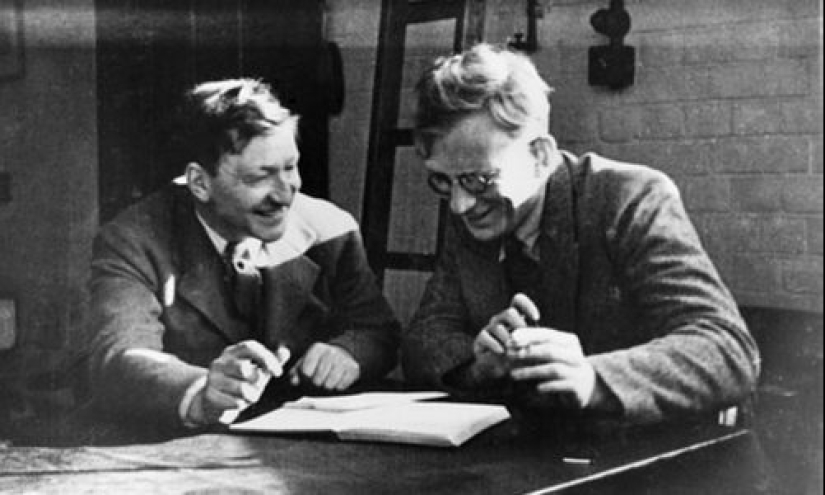
Oddly enough, one of the first to lay the foundation for the Big Bang theory - a scientific explanation of the world formation, was a Catholic priest. In addition to his religious training, Georges Lemaitre was a physicist who studied the theory of relativity and calculated some of the conditions for the formation of the early cosmos in the 1930s. True, his variants of designating the theory did not take root, otherwise you would now be reading an article about the theory of the “cosmic egg” or “primitive atom”.
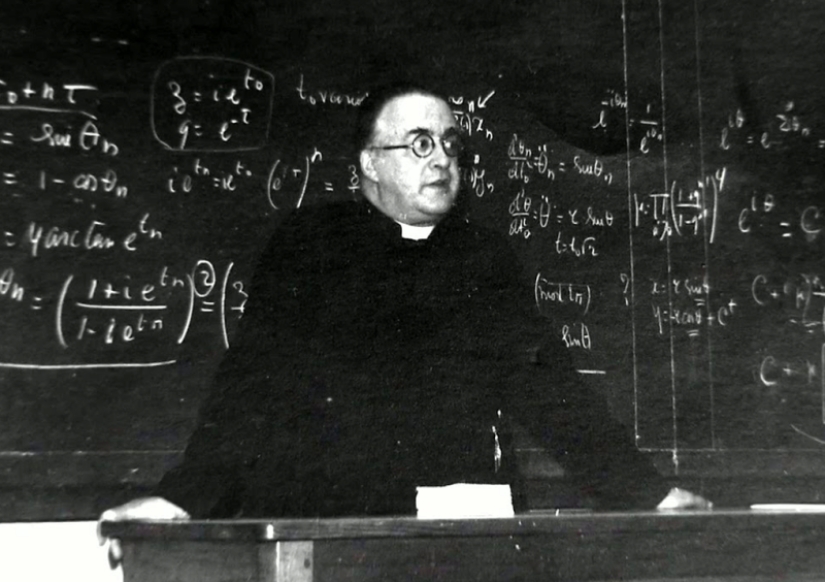
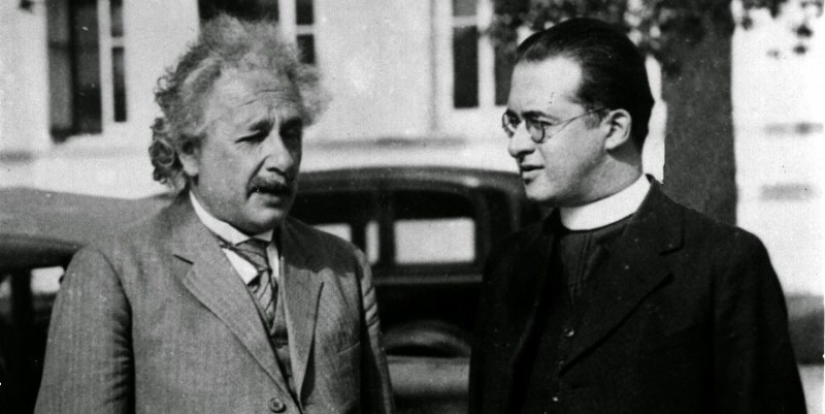
Until the 1960s, the idea of a universe having a beginning in time was highly controversial among physicists. The "big bang" - originally a playful term for the theory - was proposed by astronomer Fred Hoyle, who was the leading proponent of the alternative theory of an infinitely existing universe.
The astronomer tried to emphasize the seeming simplicity of the idea of the creation of the Universe as a result of an explosion - ironically, but it seems that the joke has taken root, and today the "Big Bang theory" no longer seems to anyone a strange or inappropriate name.
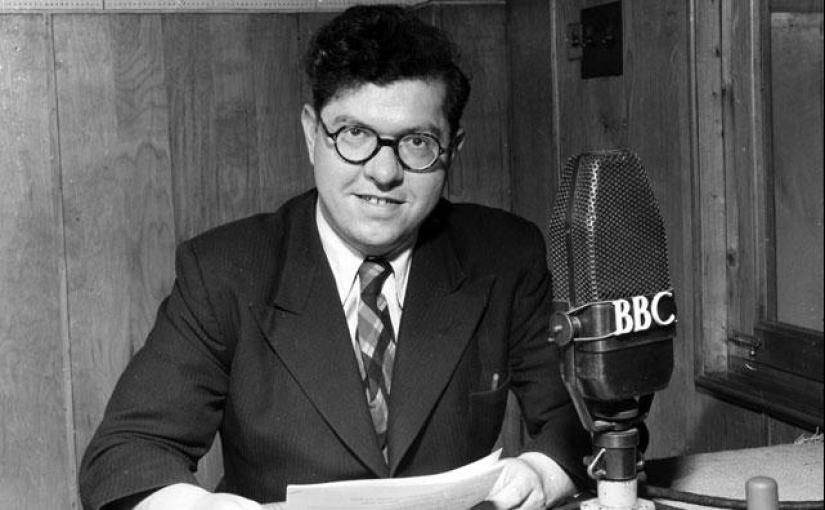
Recent articles

If you sometimes get goosebumps from looking at everyday things, and it becomes uncomfortable, it's all about the imagination that ...

Life is unfair — lies reign all around. Sellers deceive buyers, banks of their customers, leading weather forecasts-TV viewers. ...

Photography is the art of capturing a moment that speaks more than a thousand words. Liz Bretz, a talented photographer from Los ...